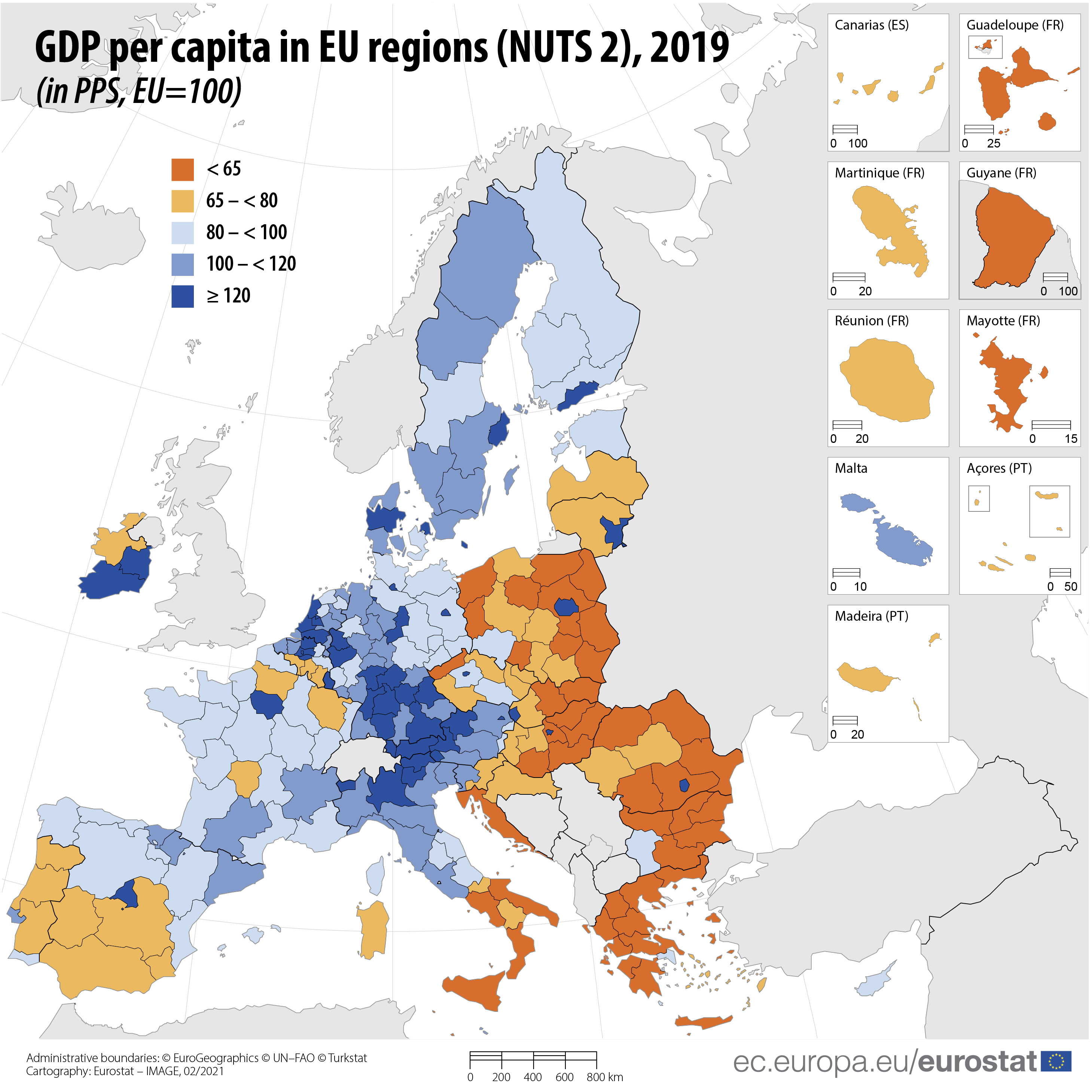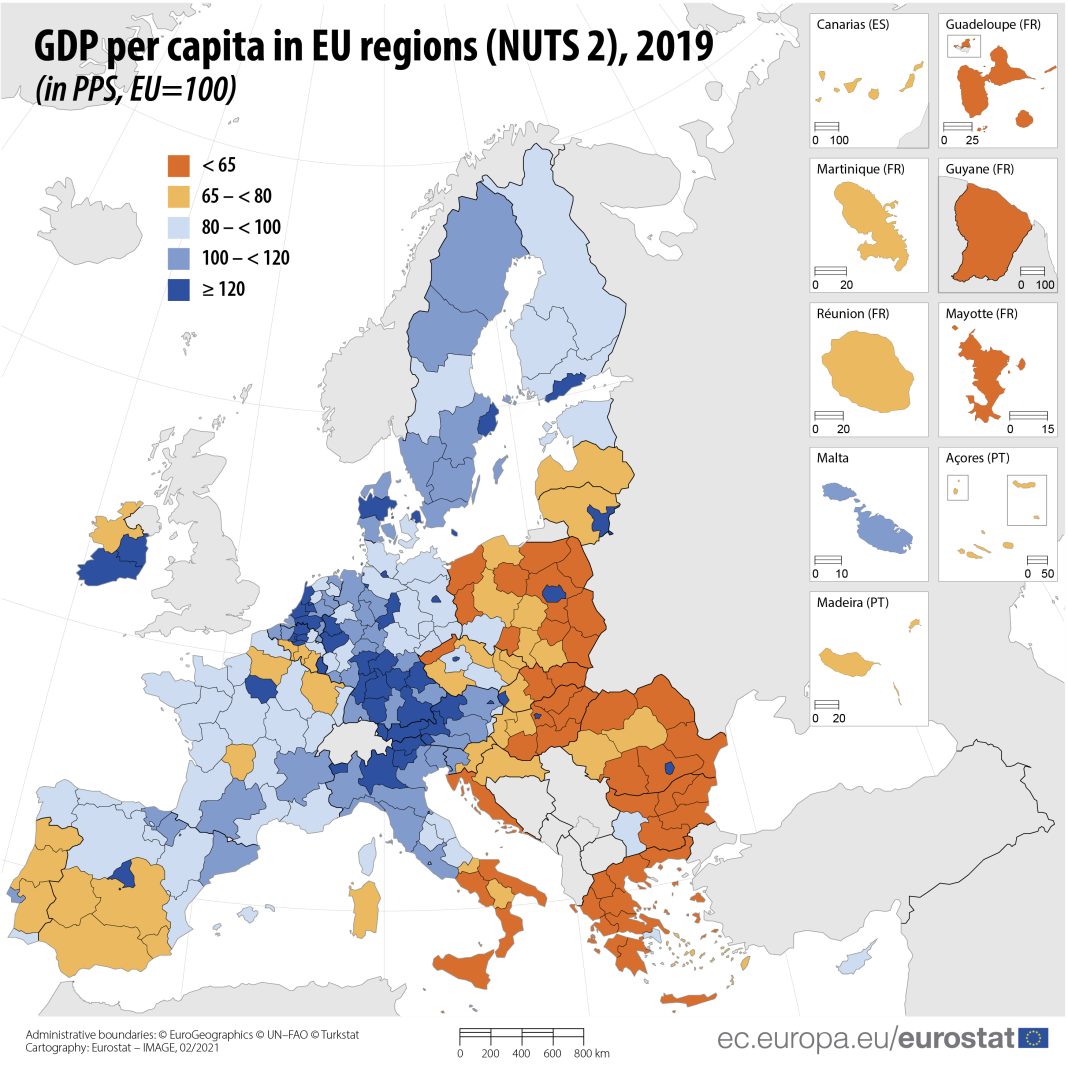
Australia’s GDP per capita has been declining for the sixth consecutive quarter, dropping by 0.4 percent. This marks the lowest annual economic growth since the 1991-92 financial year, which included the gradual recovery from the 1991 recession. However, there was some growth reported in the last quarter, with GDP rising by 0.2 percent in the June quarter of 2024 and by 1.5 percent in the 2023-24 financial year.
Katherine Keenan, the head of national accounts at the Australian Bureau of Statistics (ABS), stated that the Australian economy grew for the 11th consecutive quarter, although the growth rate has slowed over the past financial year. Treasurer Jim Chalmers acknowledged the challenging global economic environment and emphasized that any growth in the economy is welcome. He recognized that people are facing difficulties and stressed the importance of responsible economic management.
On the other hand, Shadow Treasurer Angus Taylor highlighted the concerning trend of a household recession, noting that this is the longest consecutive period of negative GDP per capita in 50 years. He also pointed out that real disposable incomes in Australia have been declining and have fallen by almost 9 percent since Labor came to power.
In terms of household spending, there was a 0.2 percent decrease, which detracted 0.1 percentage points from GDP growth. Keenan mentioned that spending on discretionary categories, including sporting, gambling, and music events, fell in the June quarter. The reduction in air travel had a significant impact on the transport services sector, which experienced its first fall since the September 2021 quarter. However, there was a 4 percent increase in spending on furnishings and household equipment, likely due to end-of-year sales. On the other hand, households spent less on groceries, leading to a 1 percent decrease in food spending.
Despite an increase in household income, the household saving ratio remained low. This ratio measures the proportion of disposable income that households save, and it stayed steady at 0.6 percent in the June quarter. However, the annual figure for the ratio was 0.9 percent, the lowest level since 2006-07. This indicates that households are spending most of their income and have little left for savings.
Government spending, on the other hand, saw an increase of 1.4 percent. The growth was driven by national non-defence spending, which has been rising for seven consecutive quarters. Keenan noted that the rise in June was due to the strength of social benefit programs for health services. State and local expenditure also contributed to the growth, particularly in employee expenses.
Investment, however, fell for the third consecutive quarter by 0.1 percent in the June quarter. In the private sector, new machinery and equipment investment dropped by 1.6 percent, primarily due to reduced agriculture and retail investment. On the other hand, ownership transfer costs increased by 3.9 percent, driven by strong activity in the property market. Despite the consecutive falls, total investment still saw annual growth of 4.1 percent.
The growth in gross disposable income was mainly driven by a 1 percent increase in employee compensation. However, this was partly offset by a 3.1 percent increase in income tax, meaning that a larger portion of income went to taxes, reducing the net income available for saving or spending. Over the year, income growth was supported by a 7.3 percent rise in wages and a significant 39.3 percent increase in interest received by households. However, this was offset by a 10.9 percent rise in income taxes and a 36.1 percent increase in interest paid on mortgages, reducing the amount of disposable income available to households.
In conclusion, Australia’s GDP per capita has been declining for several quarters, with the recent annual economic growth being the lowest in decades. The household recession continues, with real disposable incomes decreasing. Household spending fell in the June quarter, although there was an increase in government spending. The household saving ratio remained low, indicating that households are spending most of their income. Investment experienced a consecutive decline, but there was still annual growth. The growth in gross disposable income was driven by employee compensation, but income taxes and mortgage interest payments offset some of this growth. These factors highlight the challenges faced by the Australian economy and the importance of responsible economic management.


